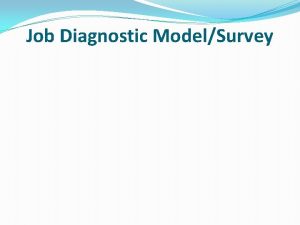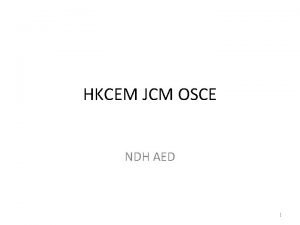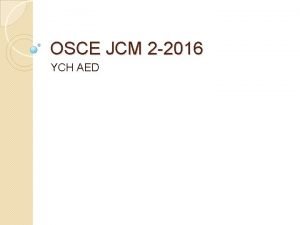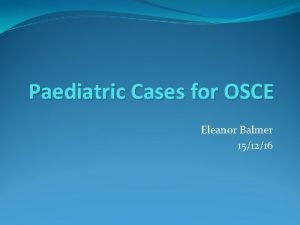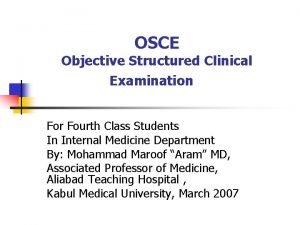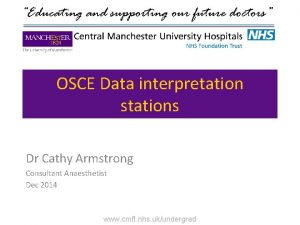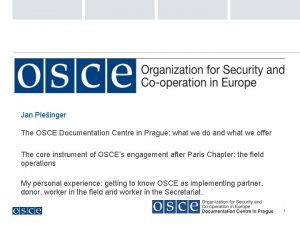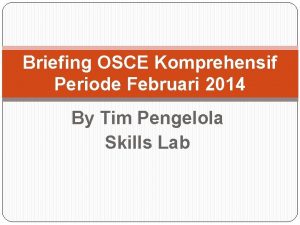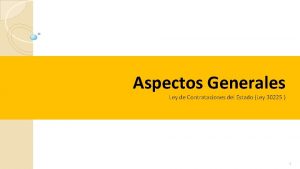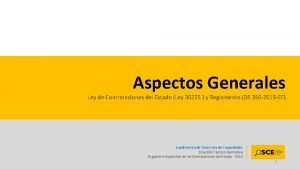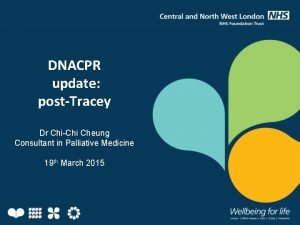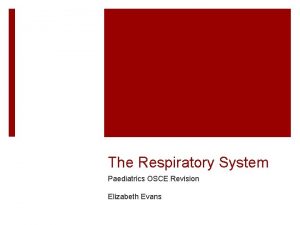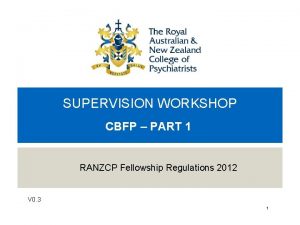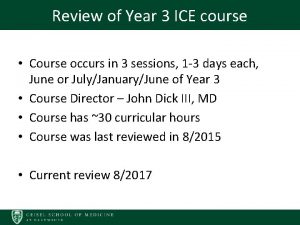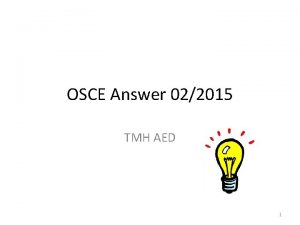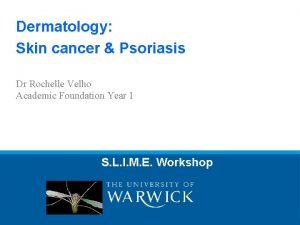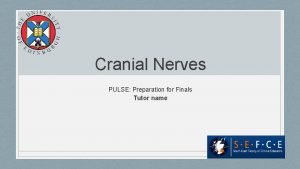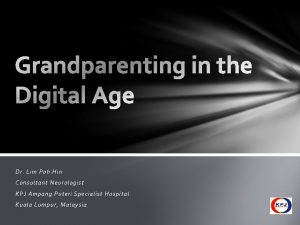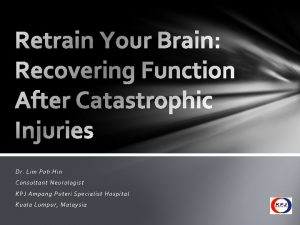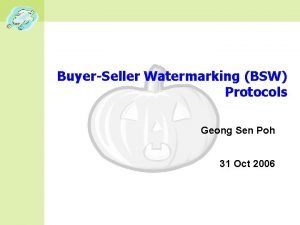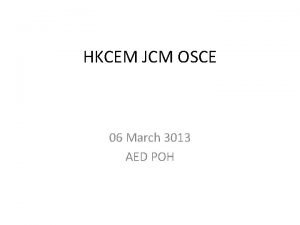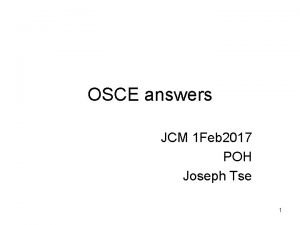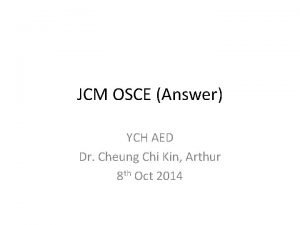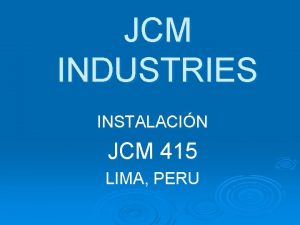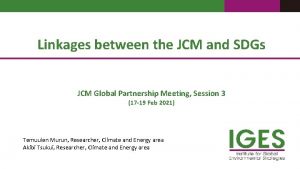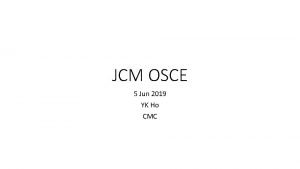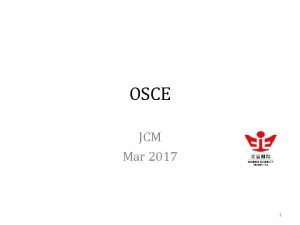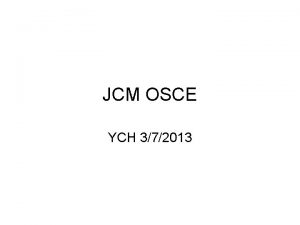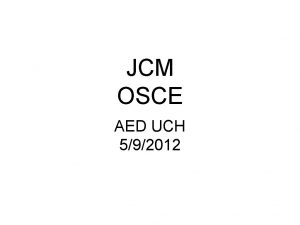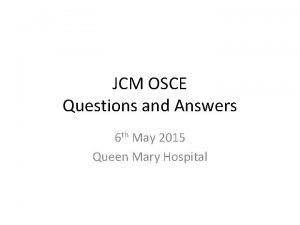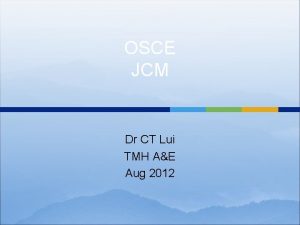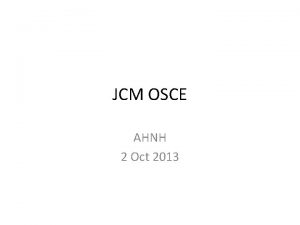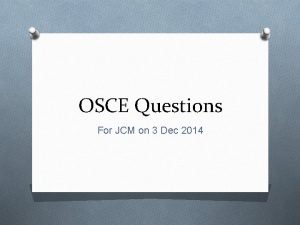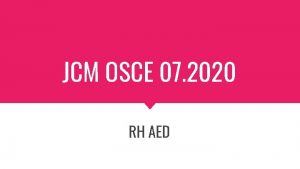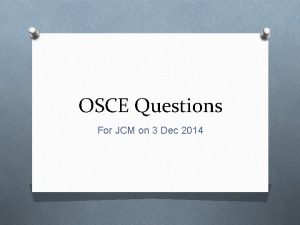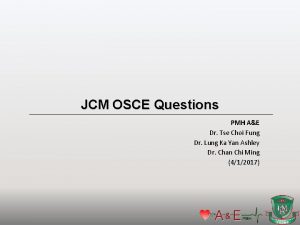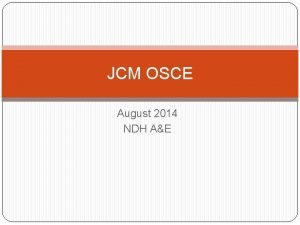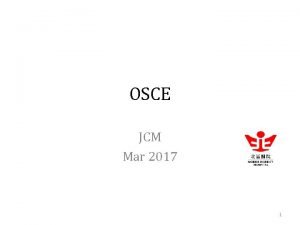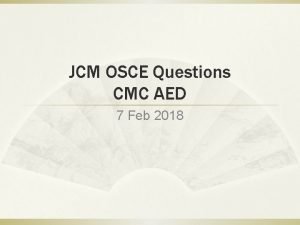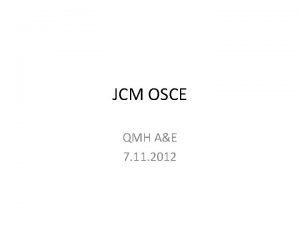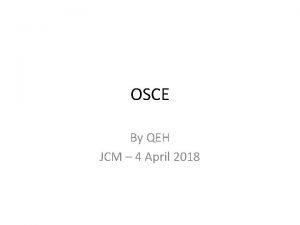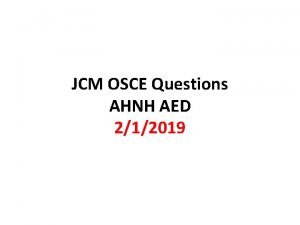JCM OSCE Answer POH AE 4 th June
























- Slides: 24

JCM OSCE Answer POH A&E 4 th June, 2014

Question 1 • 44/M • Construction worker • Neck injury after accidentally fell from 3 m of height • Complained with 4 limbs weakness • CT C-spine was taken

Question 1

Question 1 Describe the CT findings. • Burst fracture of the vertebral body of C 5, with posterior displacement • Fracture of both lamina of C 5, with anterior displacement of the fractured part • Resulting in narrowing of spinal canal Name 3 aspects of consideration specifically in this patient in primary survey. • Immediate spinal protection with immobilization • Airway: Anticipate difficulty airway management, in-line immobilization if proceed to intubation • Breathing: Lower cervical injury may cause phrenic nerve paralysis • Circulation: Neurogenic shock • Disability: Identify the sensory and motor level

Question 1 Suggest 6 features of spinal cord injury. • Flaccid areflexia and anal sphincter • Diaphragmatic breathing • Ability to flex, but not extend at the elbow • Grimace to pain above, but not below the clavicle • Hypotension with bradycardia • Priapism What are neurogenic shock and spinal shock? • Neurogenic shock: hypotension with bradycardia attributed to interruption of sympathetic pathways in the spinal cord causing decreased vascular resistance • Spinal shock: transient loss of function of the spinal cord following acute spinal injury

Question 1 Name the series of study that investigate the efficacy of steroid in spinal cord injury. What is the result? • NASCIS (National Acute Spinal Cord Injury Studies) I, III • Only marginal neurological outcome benefit in subgroup analysis • <8 hours from injury controversial • >8 hours from injury no indication

Question 2 • 25/M • Good past health • Hit by another person by fist after argument at a bar • L eye injury • P/E showed L peri-orbital swelling and subconjunctival hemorrhage

Question 2 Name 4 physical findings you would like to check and document. • Glasgow Coma Scale • Pupil size • Signs of ruptured eyeball and hyphema • Extra-ocular movement • Infraorbital nerve function • Presence of endophthalmos The patient complained with left cheek numbness, what is the cause? • Infraorbital nerve involvement What further imaging will you consider? • CT orbit

Question 2

Question 2 Describe the CT findings. • Fracture of medial and inferior orbital wall • Fluid level at L maxillary sinus • Tear drop sign What is the name of the weakest point in the medial wall of the orbit? • Lamina papyracea

Question 2 Suggest 3 ED treatments. • Analgesics • Eye protection by eye shield • Avoid valsalva / blowing the nose • Antibiotics • Urgent Ophthalmology consultation Name 2 indications for surgical treatment. • Enophthalmos greater than 2 mm • Entrapment of extraocular muscles • Double vision on primary or inferior gaze • Fracture greater than 50% of orbital floor

Question 3 60/M, good past health Manual worker Attended A&E for R wrist pain for 2 years He had history of repeated minor R wrist injury by spraining in the past • P/E showed R wrist swelling, stiffness and decreased ROM • X ray was taken • •

Question 3

Question 3 Describe the X ray findings. • Sclerosis and hyperdensity over the lunate What is the diagnosis? • Kienböck's disease What is the cause of the above diagnosis? • Progressive collapse of the lunate • Disruption of the blood supply, possibly related to undiagnosed fractures of the lunate, repetitive trauma, or abnormal biomechanical loading patterns at the radiocarpal joint • Eventual avascular necrosis of lunate

Question 3 What are the classical X ray findings of the above diagnosis? • stage I : normal radiograph • stage II : increased radiodensity of lunate with possible decrease of lunate height on radial side only • stage IIIa : lunate collapse, no scaphoid rotation • stage IIIb : lunate collapse, fixed scaphoid rotation • stage IV : degenerative changes around lunate What other investigations can be performed to confirm the diagnosis in early stage? • Bone scan, MRI

Question 4 • 21/M • Hit onto the wall with R fist during emotional upset • Complained with R hand pain afterwards • X ray was taken

Question 4

Question 4 Describe the X ray findings • Fracture involving the articular surface of the base of the right thumb metacarpal • It is slightly displaced and the carpo-metacarpal joint is slightly subluxed What is the name of the injury? • Bennett fracture What is the typical mechanism of this injury? • Axial loading to a partially flexed thumb • Fist fight

Question 4 What is Rolando fracture? • a comminuted version of a Bennett fracture • the fragments may form a T or Y pattern at the base of the MC Name 3 complications. • Joint stiffness and 1 st CMCJ arthritis • Malunion • Non-union What is the plan of management? • RICE • Thumb spica splint • Ortho admission

Question 5 • • • 33/F, Indonesian domestic helper Complained with abdominal pain for 3 days BP 95/56, P 140 Temp 39. 1 deg P/E: tenderness over epigastrium Warm periphery

Question 5 What condition is the patient suffering from? • Septic shock, source likely from intra-abdominal infection Suggest 3 differential diagnoses to cause the above condition. • Perforated peptic ulcer with peritonitis • Cholangitis • Acute pancreatitis Suggest 5 ED management. • Fluid resuscitation • Inotropic support if necessary • Early antibiotics • Investigations including blood taking, USG or CT if stable to identify source of infection • Consult ICU

Question 5 A CT film 1 CT film 2

Question 5 What is the abnormality in CT film 1? • Grossly dilated intrahepatic ducts What is A? • An obstructive radio-opaque stone at distal common bile duct What is the diagnosis? • Cholangitis with an obstructive CBD stone, presented with septic shock What is the immediate management? • Antibiotics • Urgent relief of biliary obstruction by ERCP

• Thank you.
 Job diagnostic model
Job diagnostic model Hkcem
Hkcem Jcm 2
Jcm 2 Paediatric history taking
Paediatric history taking Osce medical
Osce medical Data interpretation osce
Data interpretation osce Osce documentation centre in prague
Osce documentation centre in prague Lanz scar
Lanz scar Difference between osce and ospe
Difference between osce and ospe Osce komprehensif adalah
Osce komprehensif adalah Osce
Osce Osce
Osce Procedimiento de selección osce
Procedimiento de selección osce Dnacpr osce
Dnacpr osce Respiratory system osce
Respiratory system osce Ranzcp fellowship
Ranzcp fellowship Ice osce
Ice osce Question
Question Skin cancer
Skin cancer Cranial nerve osce
Cranial nerve osce Ph poh conversion chart
Ph poh conversion chart Dr lim poh hin
Dr lim poh hin Dr lim poh hin
Dr lim poh hin Geong sen poh
Geong sen poh Poh qinyu principal
Poh qinyu principal
